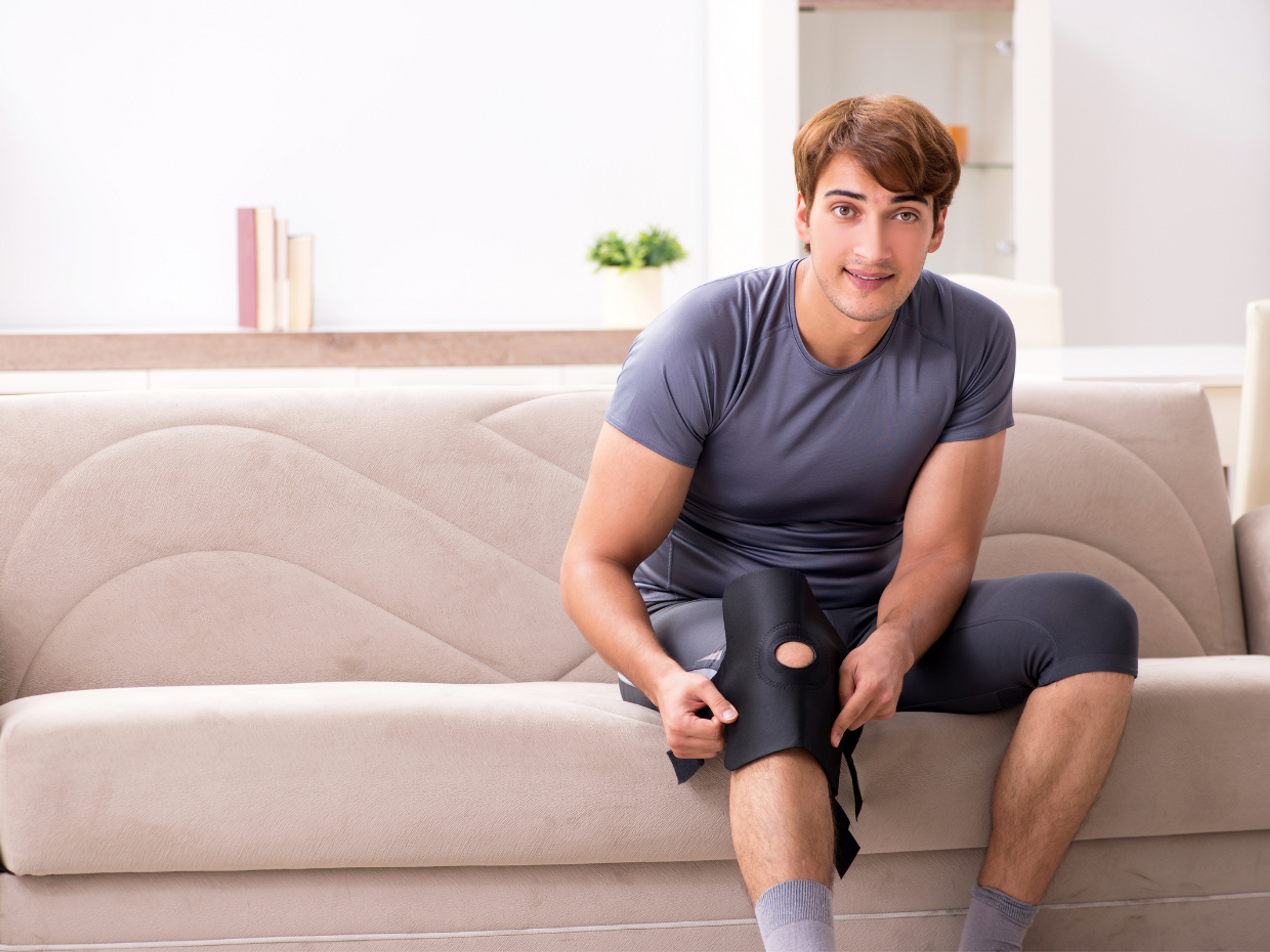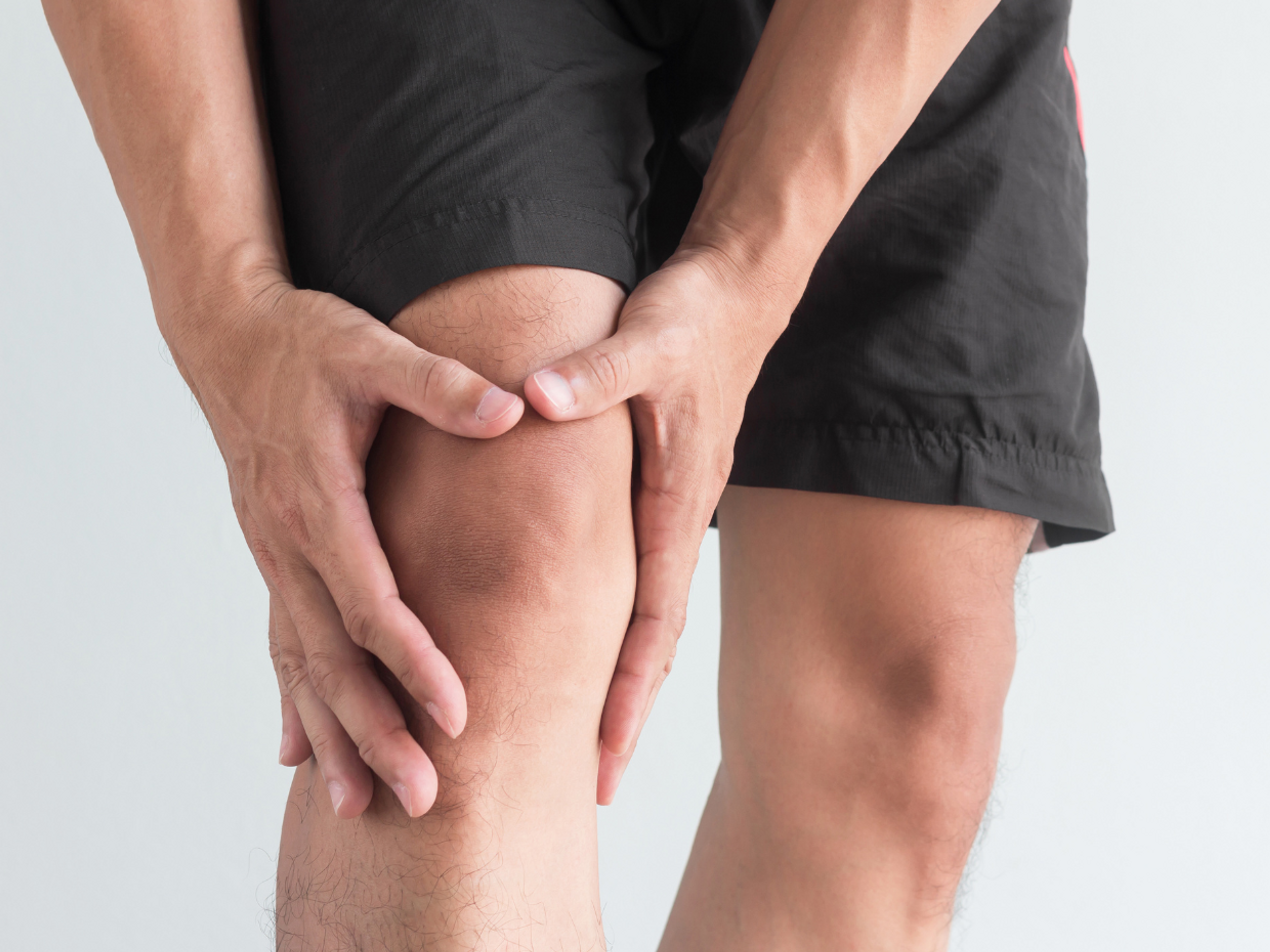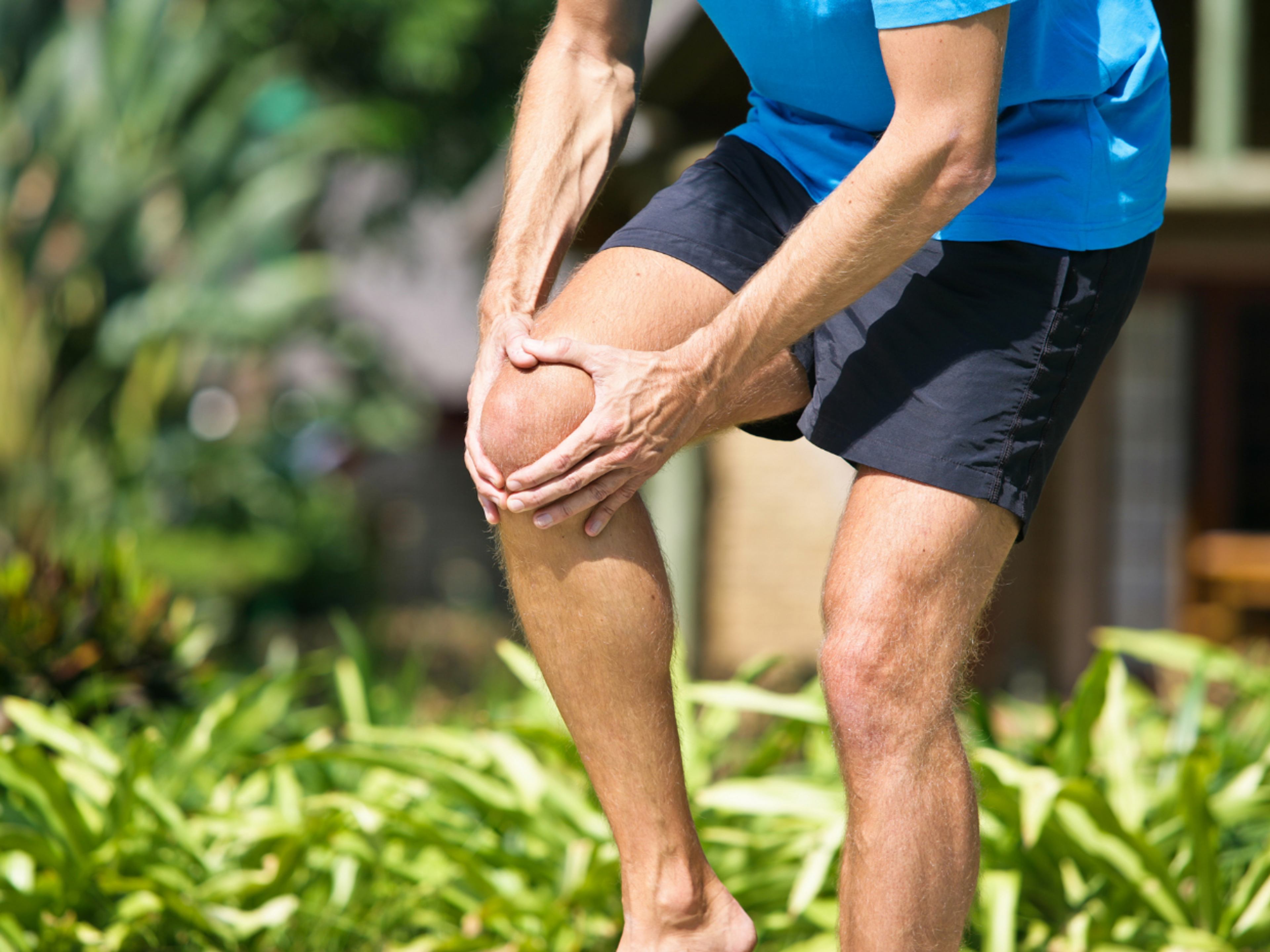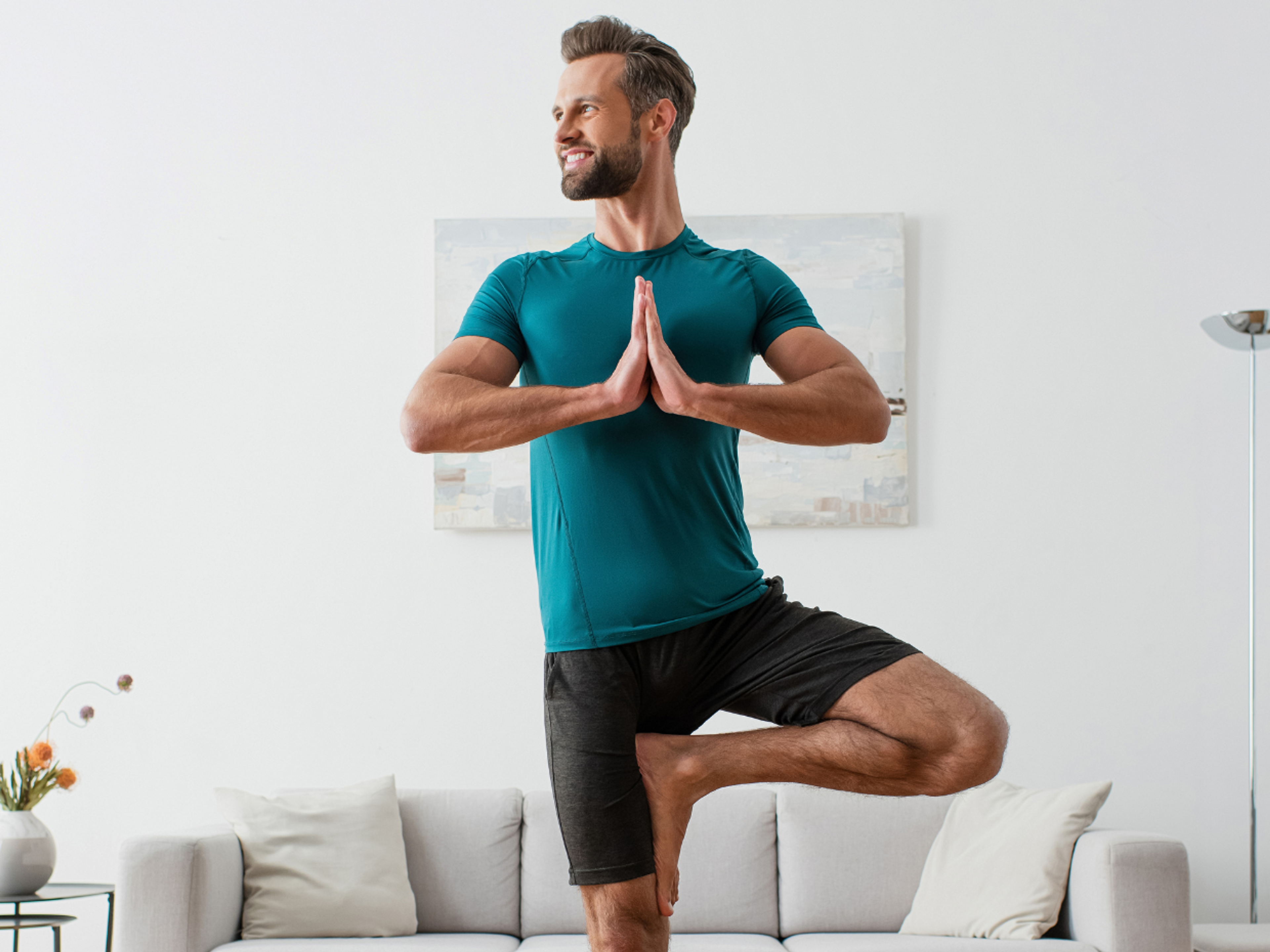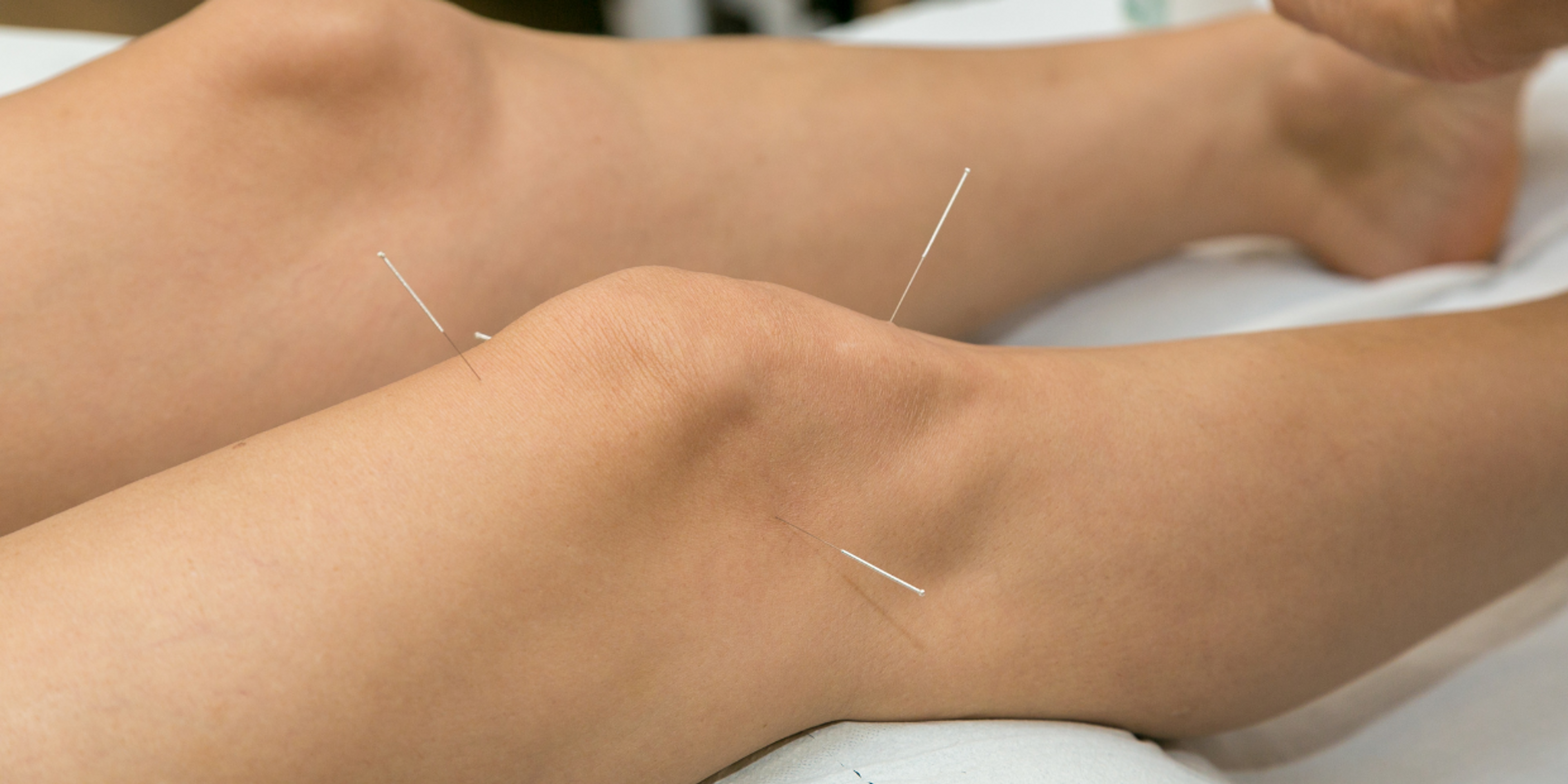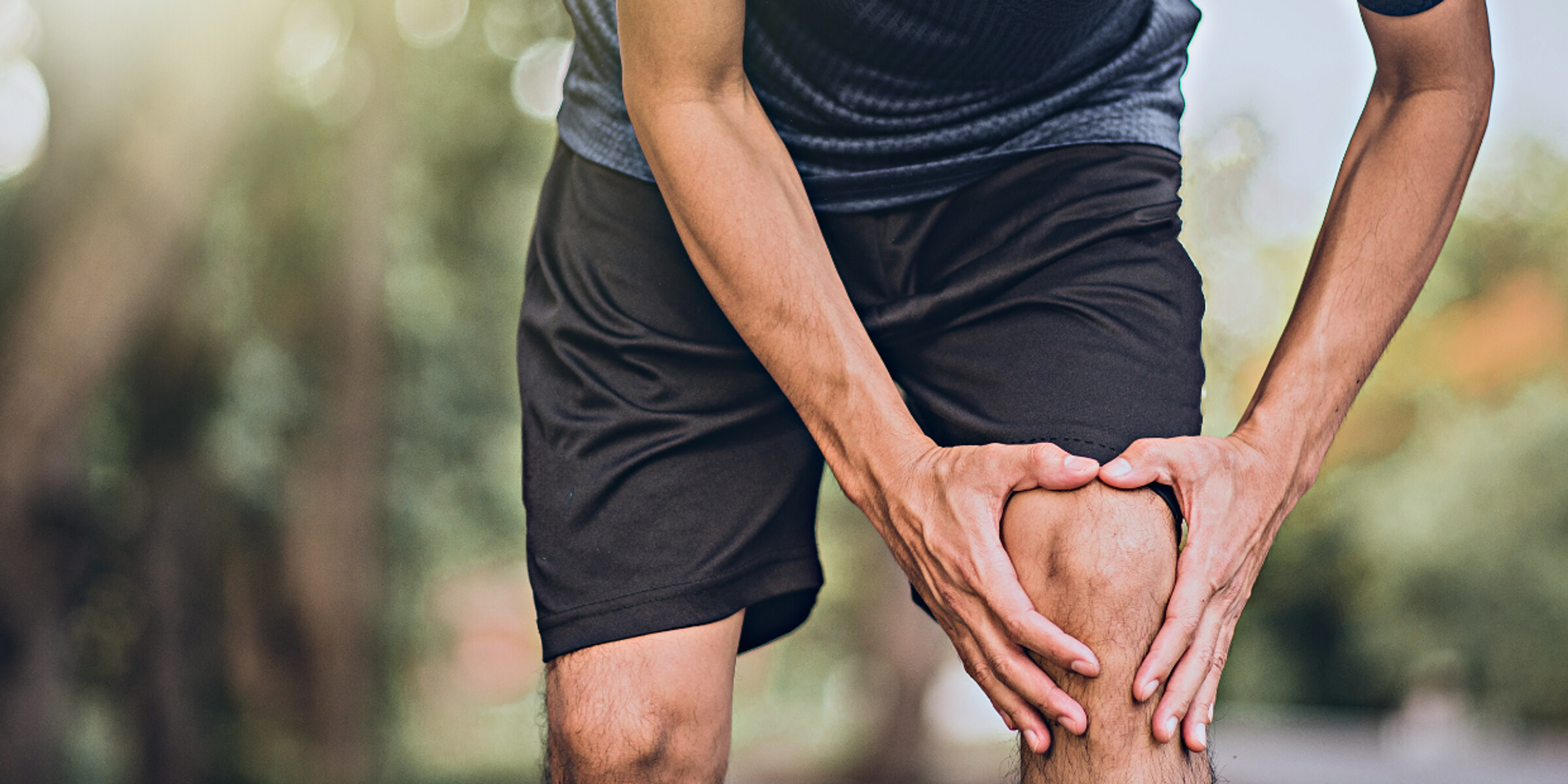Knee braces for meniscus tears: Your top questions answered
Will a knee brace help a torn meniscus?
Yes, if you choose the correct one. Although knee braces do not heal or treat your meniscus tear directly, they can provide extra support and stability for your knee while your meniscus injury heals.
A good brace will protect your knee and take the pressure off your meniscus, allowing it to rest. Knee braces can also be used to support your recovery after meniscal tear surgery or during a conservative (non-surgical) treatment program like the one included in the Exakt app.
What is the best type of brace for a torn meniscus?
Most knee braces have features that benefit a range of knee conditions, not only one. From knee osteoarthritis (OA) to anterior cruciate ligament tear (ACL), and from patella subluxations to meniscal tears.
When choosing a knee brace, you need a brace that can give you enough support, provide some compression and limit movement, if you need it, so your meniscus can ‘rest’.
Your choice of brace should be influenced by the type of meniscus tear you have, what other structures you’ve injured, and where you are in your recovery journey.
The best knee brace for a torn meniscus depends on your own unique circumstances. That’s why there are different kinds of meniscus tear knee braces available and we discuss the pros and cons of the main ones in the next section. It’s also worth noting that not everyone with a meniscus tear will need a brace.
Choosing a knee brace – pros and cons of the most common types
Rigid Knee Braces
Function
A rigid knee brace offers the highest level of support for your knee. It has a hard, inflexible structure that keeps the knee stable and a hinge that allows you to control the amount of bend in the knee. It mainly prevents lateral movements that can harm your meniscus.
These braces are a good choice if you’ve also injured your ACL and require a higher level of support than what a soft brace can offer.
Rigid knee brace
Sportspeople favour them because they provide such a strong outer protection. Athletes often use the more compact ones at the end of their rehab programs, when they want to start getting back to contact sports or intense physical activity.
Fit
A rigid knee brace should fit well around your leg. It should have enough room to allow movement, but not be too loose so that it slides down. Make sure the brace isn’t cutting off blood circulation by checking for red marks or indentations on your skin after you’ve worn it for a while.
The shell should be stiff enough to give you support and protection, but not so stiff that it makes movement difficult.
Hinged Knee Braces
Function
A hinged knee brace provides a high level of support to control instability at the front and sides of your knee.
If your meniscus is torn on both sides, this brace may offer the best support. It is also the brace of choice for ligament injuries, like your ACL, medial collateral ligament (MCL), lateral collateral ligament (LCL) and posterior cruciate ligament (PCL).
Hinged braces can be soft or rigid and usually provide some form of compression. The severity of your injury will determine if you need a soft or rigid one. Compression helps decrease swelling, which reduces pain and promotes healing within the knee.
High level of support
These braces prevent side to side knee movement and limit the bending and straightening of your knee to within a given range. Limits to ranges of movement are usually determined by a healthcare professional who knows the extent and type of your meniscus injury.
Being able to bend and straighten your knee, even a little, allows you to carry out functional activities, like walking, while at the same time preventing extra strain on your meniscus.
Fit
Hinged knee braces should fit well around your knee but not be too tight or too loose. The straps should feel comfortable and secure, and the hinge mechanism should function without needing to force it into place.
The Offloader Knee Brace
Function
An offloader, or unloader, knee brace is a brace crafted from moulded plastic, foam, and steel struts. It transfers or “unloads” pressure from one side of your knee joint to the other, which can help relieve pain and promote recovery of your meniscus tear.
It’s the best option for degenerative meniscus tears caused by OA because pain is usually on one side of the knee joint.
Offloader knee brace
It can also be used following meniscal surgery and during rehabilitation where weight bearing on one side of the meniscus needs to be avoided. It is not recommended if your ACL is torn.
How does it work? It puts pressure on three points on your thigh bone, which forces your knee to bend away from the painful area of your joint when you stand on your leg (see picture below).
Fit
The unloader knee brace fits all the way around your leg at the level of your knee. You should be able to easily and fully bend your knee with the brace on. It shouldn’t slide down or restrict your movement.
Using the unloading hinges, you can adjust the brace to unload the inner or outer parts of your knee depending on the location of meniscal injury.
The Soft Knee Brace (without hinge)
Function
A soft knee brace offers mild to moderate support, depending on the type you choose.
Soft knee braces are a good option to keep supporting your knee after your rehab, or if you have a minor meniscus tear and don’t need a lot of support.
Fit
As with all braces, a soft knee brace shouldn’t be too tight or too loose. Most soft knee braces have straps that can be adjusted to get your desired level of support and compression.
Knee Compression Sleeves
Function
While compression sleeves don’t offer much in terms of support or protection for your meniscus, they do provide compression which can reduce pain and swelling in your knee.
It may also improve the joint position sense in your knee, helping you improve your balance and reducing the risk of injuries while running.
In our other articles, you can also find examples of exercises that can help with painful and swollen knees and improve your balance.
Fit
A knee compression sleeve should give you the right amount of compression. If it is too tight, it can restrict blood flow and cause more issues, such as a deep vein thrombosis (DVT) or skin irritation. On the other hand, if it’s too loose, you won’t get any of the benefits.
Signs that your knee brace or sleeve is too tight include:
- Your calf or foot swells
- Your lower leg throbs
- If your toes turn blue
- It cuts uncomfortably into your leg
What is the difference between a knee brace and a knee sleeve?
- Knee braces usually offer some protection and support, while a sleeve doesn’t.
- A sleeve is therefore not a good option if you have injured knee ligaments together with a meniscus tear because it will not offer enough stability or support for your knee.
- Knee braces are recommended for those with meniscus tears or OA as they help reduce stress on the joints which knee sleeves don’t.
- Knee braces are used for sports injuries to protect against further damage and provide stability when exercising. Knee compressive sleeves are worn to provide gentle compression and improve position sense.
- Knee braces are quite bulky and available in a range of materials (hard plastic or soft neoprene or nylon versions) depending on the level of support it offers. Knee sleeves are much less bulky but, as mentioned before, lack the support of a knee brace.
Sleeve vs. brace
How long do you wear a knee brace for a torn meniscus?
Not everyone who tears their meniscus will need to wear a brace, but some people do.
If you need to wear a knee brace, you may need to wear it for up to six weeks or longer. Sometimes it’s necessary to use crutches and a knee brace in the early stages of your recovery. This all depends on the type of injury you have and the advice from your doctor or physical therapist.
Is it OK to wear a knee brace all day?
Yes, unless you’ve been instructed otherwise. Always make sure you follow the instructions given to you and ensure it fits well, or it can make your condition worse.
Should you sleep with your knee brace on?
To keep your knee stable while you sleep and prevent further damage to the joint, you can wear your knee brace to bed. You can use cushions to make yourself comfortable in bed.
Will a knee brace replace rehab?
No. While knee braces can be used while you recover, they cannot replace the exercise or rehabilitation you need to fully recover. You will need to do some exercise on a daily basis, even while you’re wearing your brace.
We’ve previously discussed what a comprehensive exercise program for meniscus tears in runners should look like. You’re also welcome to use the Meniscus Tear Rehab Plan that we provide in the Exakt App. The app is here to download and uses your feedback to adjust the exercise intensity and progression to the right level for you.
